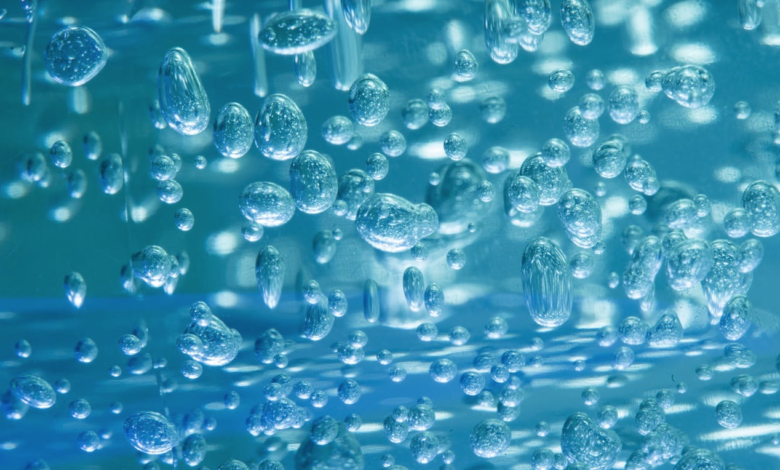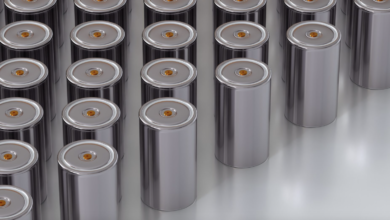Clean hydrogen supply, over 16 million t/a by 2030

Clean Hydrogen Supply, Today and Tomorrow
We know that the electrolysers industry is facing a period of exponential growth, with a worldwide offer that already exceeds 17 times the sales and does not give signs of wanting to slow down. What does this mean for the supply of clean hydrogen? The answer is the new BloombergNEF report, which tries to analyze the growth prospects for low-carbon or “low-carbon” hydrogen. The label is generally used to indicate all carrier production with a lower carbon footprint than that of the traditional H2 industry. The most common form on the market is in fact “gray“, generated by natural gas through a process called “steam reforming”, with an emission of about 9.3 kg-13.7 kg of CO2 per kg of hydrogen produced.
On the other hand, the “green” versions are classified as low carbon – obtained by the electrolysis of water with zero direct emissions – and “blue” – obtained from gas but with CO2 sequestration, for a total of about 1,7 – 4.3 kg of CO2 per kg of hydrogen produced with a 90% capture rate.
read also Hydrogen Bank allocates 720 million to 7 renewable hydrogen projects
There are currently 1,600 projects announced in the production of low-emission hydrogen worldwide. However, according to BNEF analysts, less than a third will see the light of day by the end of the decade. What does this mean in production terms? That the supply of clean hydrogen will rise from the current 0.5 million tons per year to 16.4 million tons per year in 2030. Well below the 38 million tons estimated by the IEA by the decade’s end.
More than half of this production should be green and come from electrolysis plants, but blue hydrogen will still have a leading role. “Most policies favor green H2 production, but the economy, demand from Asia and a pipeline of mature projects will also support large volumes of blue H2,” BNEF explains.
The US will become the largest producer of clean hydrogen
Although Europe has increased its efforts to support the H2 industry, the US will likely become the largest producer of low carbon hydrogen, dominating the market with a share of 37% of the global supply. “The United States – analysts write – hosts the pipeline of more mature projects globally, dominated by large blue H2 projects that will likely benefit from tax credits”.
This also means that by 2030, China, Europe and the US will monopolize global supply by hosting 80% of production. An interesting fact is surely the one inherent in the international trade of clean hydrogen. “Up to 31% of BNEF’s projected H2 capacity for 2030 is export-oriented, but actual exports could be much lower. More than half of the export offering is likely to be active in North America, supported by tax credits. It is not yet clear how much of the output of each project will be exported and a significant proportion of the output could also meet local demand. Policies for clean imports of H2 into Europe, Japan and Korea alone could support up to 1.6 million tons by 2030″.





